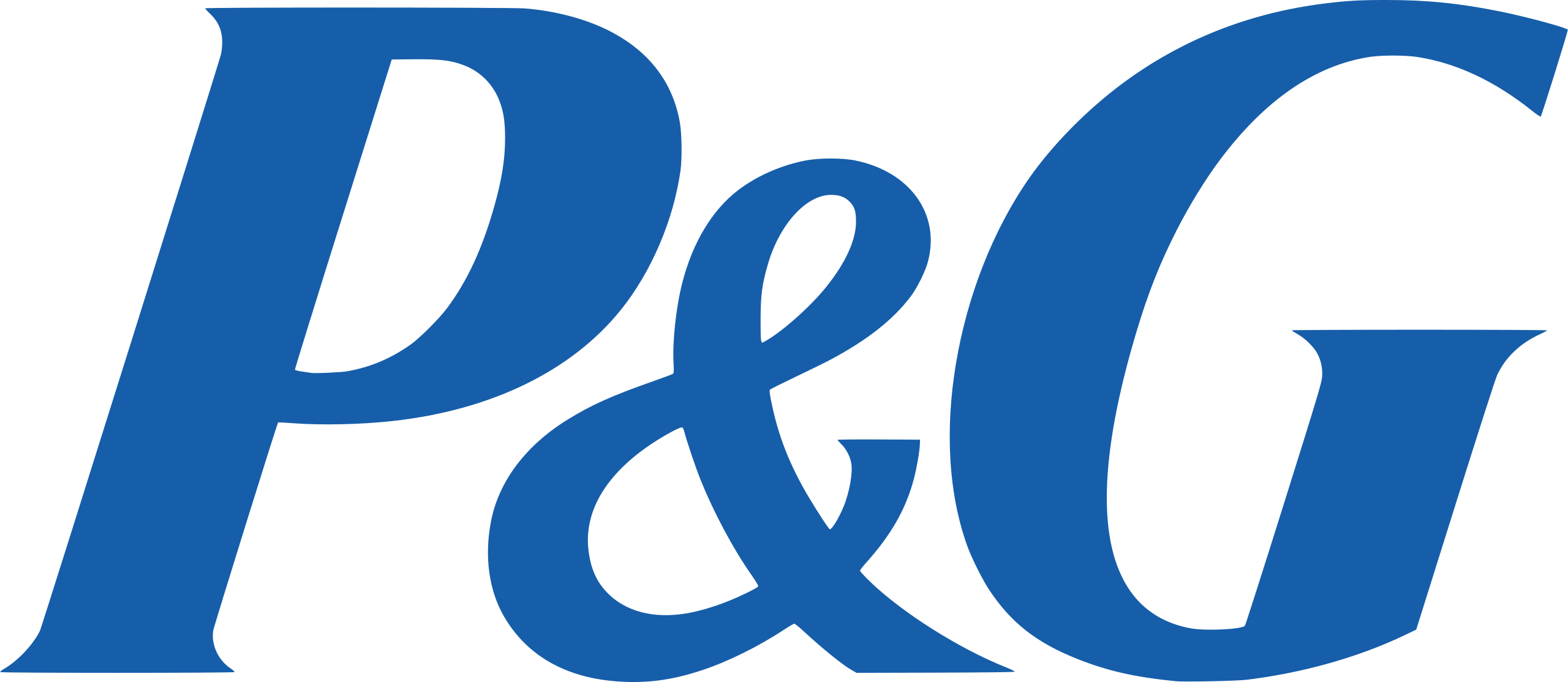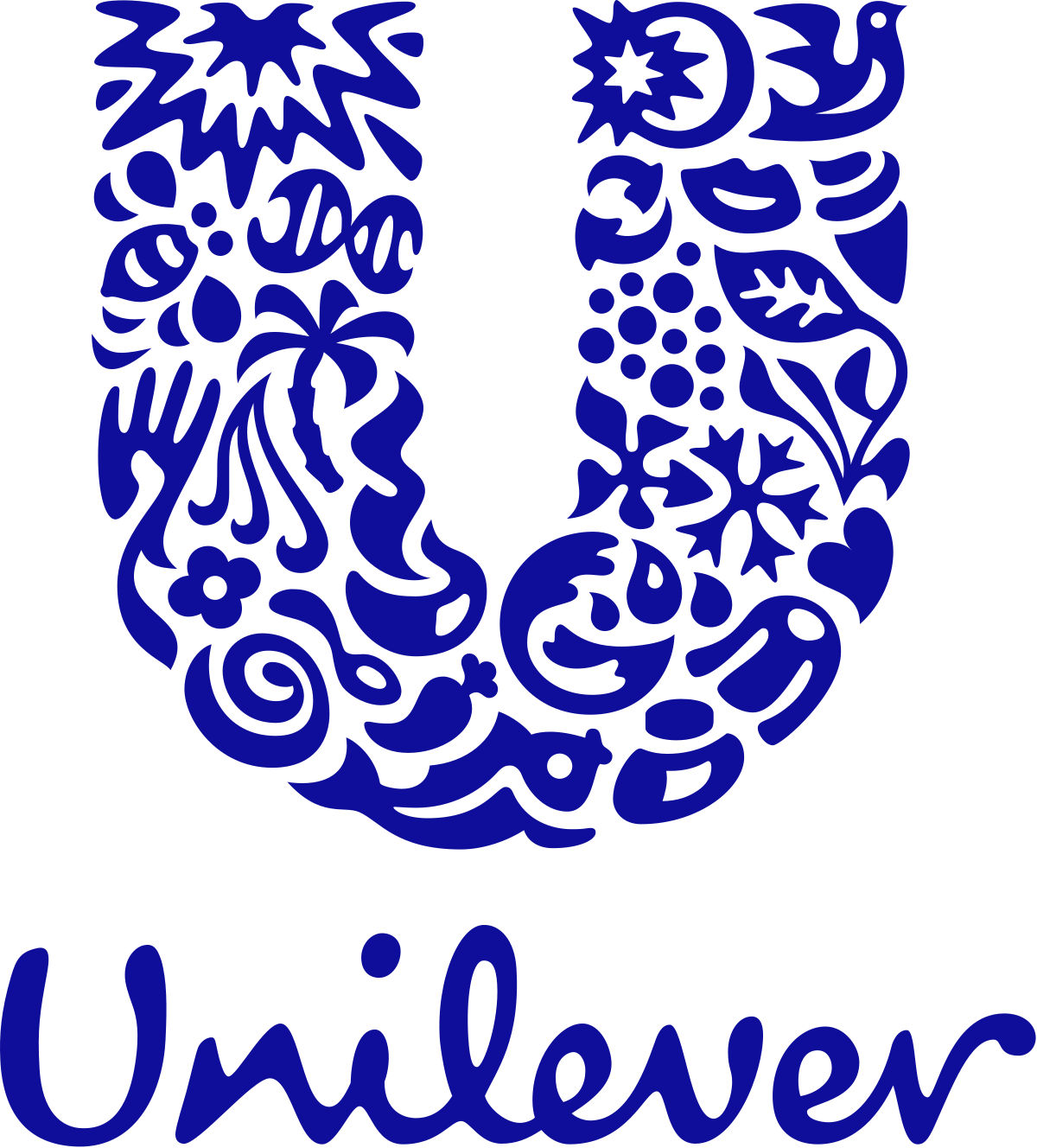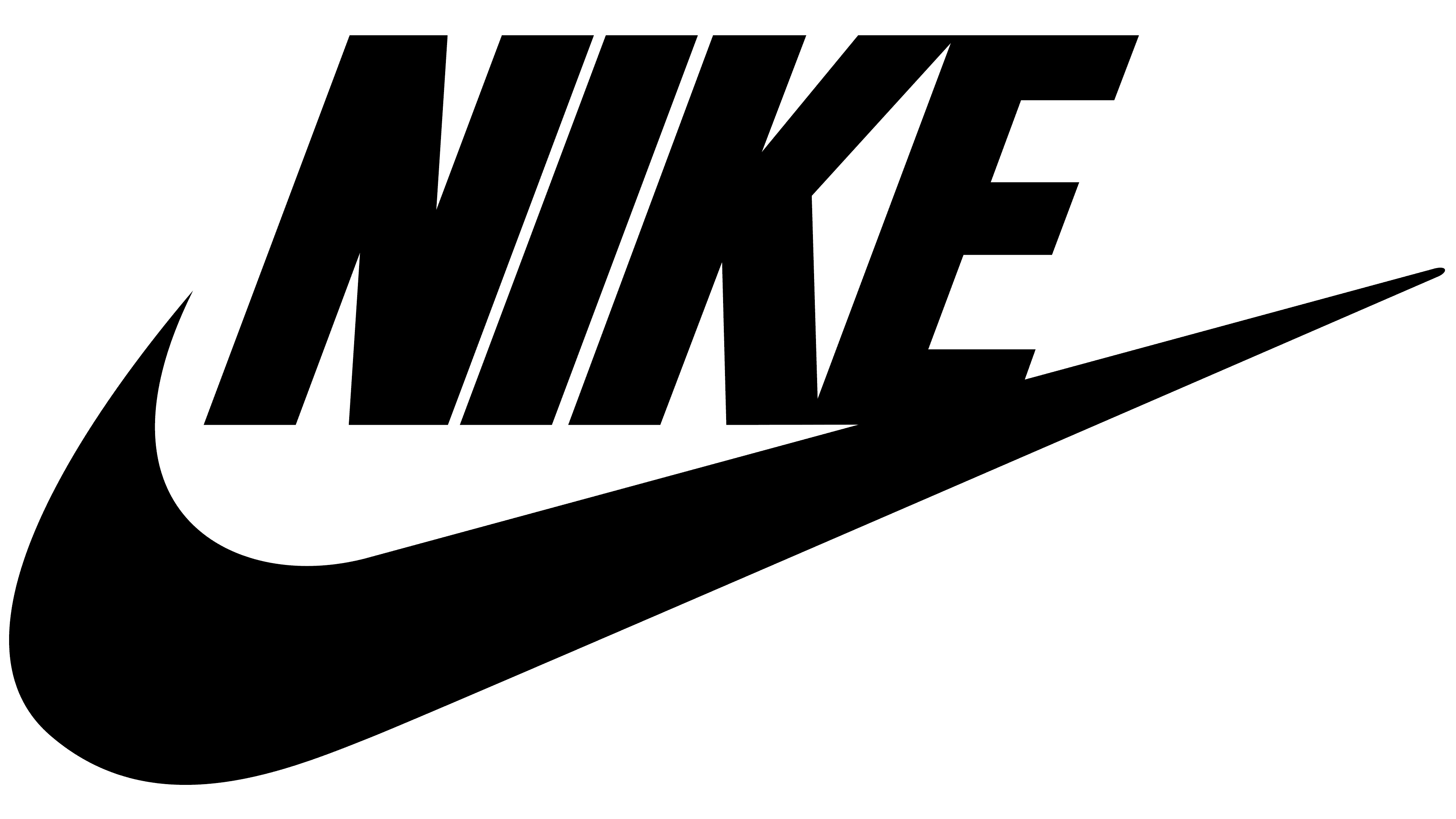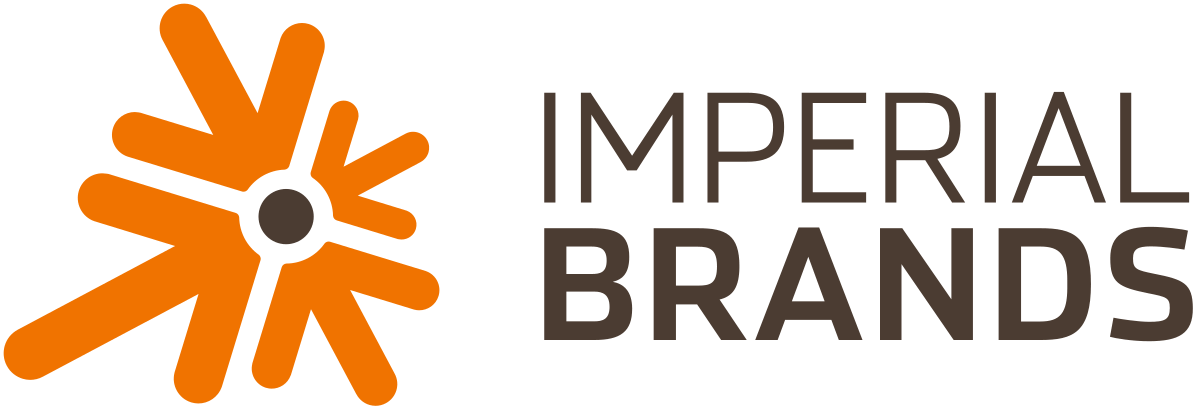Global Halal Cosmetics Market Insights, Growth, Share, Size: By Offering, By Gender, By Distribution Channel, By Region & Segmental Forecast, 2023-2031, Comparative Analysis and Trends
- Industry: Consumer Goods
- Report ID: TNR-110-1046
- Number of Pages: 420
- Table/Charts : Yes
- December, 2023
- Base Year : 2024
- No. of Companies : 17+
- No. of Countries : 29
- Views : 10230
- Covid Impact Covered: Yes
- War Impact Covered: Yes
- Formats : PDF, Excel, PPT
Global Halal Cosmetics Market was Valued at US$ 54.9 Bn in 2022, Growing at an Estimated CAGR of 15.5% During 2023 – 2031.
Halal cosmetics refer to beauty and personal care products that comply with Islamic Shariah law and are free from ingredients prohibited by Islamic principles. They are formulated without ingredients derived from animals that are not slaughtered according to Islamic law (haram), alcohol, and other substances deemed non-permissible in Islam. They’re also free from any cross-contamination during production, ensuring purity and compliance with Halal standards.
The increasing demand for halal cosmetics is primarily attributed to multiple interconnected factors. Firstly, for devout Muslims, the adherence to Halal principles extends beyond dietary choices to encompass various aspects of life, including personal care products. This religious observance significantly drives the demand for halal cosmetics market. Secondly, beyond religious adherence, there’s a growing perception among consumers, both within and outside the Muslim community, that Halal cosmetics offer safer and healthier alternatives due to their strict adherence to ingredient regulations. This is additionally contributing to a broader consumer base seeking products that prioritize safety and cleanliness.
Another factor booting the demand of halal cosmetics market is rise in ethical and environmental consciousness. Consumers are increasingly seeking products that align with their ethical values, including cruelty-free, environmentally friendly, and sustainably sourced options, which Halal cosmetics often encompass. Lastly, the market accessibility of Halal-certified cosmetics has expanded, making them more readily available and appealing to a wider audience. This accessibility has transcended religious boundaries, attracting non-Muslim consumers who value ethical and natural products, further fueling the demand for halal cosmetics market.
The convergence of religious adherence, health considerations, ethical values, and market accessibility has spurred the exponential growth of the halal cosmetics market. This evolution has pushed cosmetic brands to innovate, formulate, and certify products that meet Halal standards while appealing to a diverse consumer base. As a result, the halal cosmetics market continues to grow, diversify, and gain prominence, representing not only a religious preference but also a broader consumer trend towards ethical, clean, and inclusive beauty choices.
Global Halal Cosmetics Market Revenue & Forecast, (US$ Million), 2015 – 2031
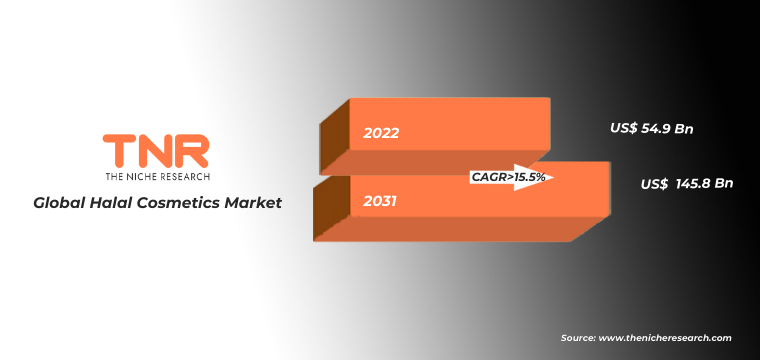
The demand for halal cosmetics market showcases intriguing differences between men and women, reflecting distinct preferences and motivations shaped by societal norms and personal inclinations. Women traditionally constitute the primary consumer base for cosmetics, including Halal beauty products. Their interest in skincare, makeup, and hair care has historically been significant, driving the industry forward. For many women, the preference for Halal cosmetics stems from religious observance, as adhering to Islamic principles often involves using products free from ingredients deemed non-permissible.
The extensive variety and range of beauty products used by women contribute significantly to the demand for Halal-certified options across diverse categories. Cultural influences and societal norms also play a role, as grooming and personal care often hold higher significance for women in many cultures, further bolstering their interest in Halal cosmetics.
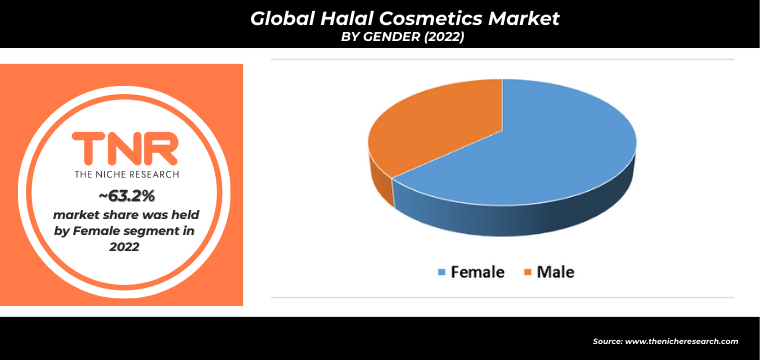
On the other hand, men’s engagement with cosmetics, including Halal products, has traditionally been more limited. However, changing perceptions of masculinity and grooming have led to an increasing interest among men in products that align with their values, including Halal-certified options. While men’s grooming needs might be more specific and focused compared to women, their demand for Halal cosmetics is steadily rising. Factors such as a growing focus on grooming routines, the emergence of Halal-certified men’s grooming products, and the desire for ethical and religiously compliant items have contributed to this evolving trend. Like women, men following Islamic principles prioritize Halal-certified products for religious reasons, contributing to the expansion of halal cosmetics market offerings for men’s grooming category.
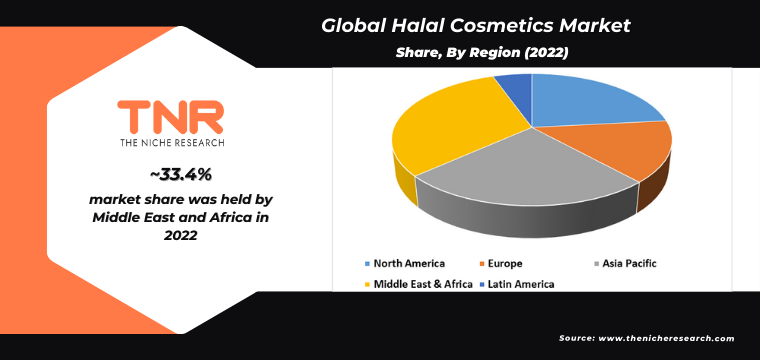
The dominance of the LAMEA (Latin America, Middle East, and Africa) region in the halal cosmetics market is a result of several key factors. Firstly, the region hosts a substantial Muslim population, particularly in the Middle East and parts of Africa. This demographic preference for Halal-certified products due to religious adherence significantly drives the demand for such cosmetics in these areas, establishing a strong consumer base for Halal beauty items.
Cultural and religious influences play a pivotal role in shaping consumer preferences in the LAMEA region. Islamic principles emphasizing Halal standards and modesty greatly impact consumer choices regarding personal care and grooming. This cultural significance is further amplifying the demand for halal cosmetics market, making them a dominant force in the beauty market across the region. Moreover, the beauty industry in LAMEA is witnessing significant growth. Economic development and urbanization have led to increased disposable incomes among consumers. Consequently, there’s a rising trend of spending on personal care products, including Halal cosmetics. This economic growth and evolving consumer habits contribute to the market dominance of Halal beauty items in the region.
Furthermore, companies operating in the LAMEA region have shown a proactive approach in innovating and adapting their product lines to meet the demands of the Halal cosmetics market. This commitment to product innovation and market adaptation has strengthened the availability and diversity of Halal-certified beauty products, further solidifying the region’s dominance in the global halal cosmetics market.
Competitive Landscape
Few of the key competitors operating in the global halal cosmetics market are mentioned below:
- 786 Cosmetics
- Amara Halal Cosmetics
- Breena Beauty
- CLARA INTERNATIONAL BEAUTY GROUP
- ClaraLine
- CLAUDIA NOUR COSMETICS
- Flora & Noor
- HALAL BEAUTY COSMETICS
- Iba
- INGLOT
- Inika Organic
- Islamic Shop
- MERSI COSMETICS
- NUMBER THREE Inc.
- PHB Ethical Beauty
- Saba Personal Care
- Wardah
- ZAHARA
- Other Industry Participants
Global Halal Cosmetics Market
By Offering
- Makeup
-
- Foundation
- Makeup Remover
- BB Cream
- Highlighter
- Skin Tint
- Concealer
- Mascara
- Eye Shadows
- Eye Liner
- Nail Colour & Remover
- Lip Gloss
- Lipstick
- Others
- Skin Care
-
- Face Cream
- Face Wash & Cleanser
- Hand Wash & Sanitizer
- Moisturiser & Gels
- Lip Balm
- Scrubs & Masks
- Facial Oils & Serum
- Toners
- Eye Cream
- Body Wash & Cream
- Beard Oil & Balm
- Beard Serum
- Others
- Hair Care
-
- Shampoo & Conditioner
- Hair Mist
- Hair Oils
- Others
- Fragrance
- Gift Sets & Collections
- Others
By Gender
- Male
- Female
By Distribution Channel
- Online
-
- Manufacturers Website
- E-commerce and Beauty Platforms
- Offline
-
- Retail Stores
- Specialty Stores
- Others
By Region
- North America (U.S., Canada, Mexico, Rest of North America)
- Europe (France, The UK, Spain, Germany, Italy, Nordic Countries (Denmark, Finland, Iceland, Sweden, Norway), Benelux Union (Belgium, The Netherlands, Luxembourg), Rest of Europe)
- Asia Pacific (China, Japan, India, New Zealand, Australia, South Korea, Southeast Asia (Indonesia, Thailand, Malaysia, Singapore, Rest of Southeast Asia), Rest of Asia Pacific)
- Middle East & Africa (Saudi Arabia, UAE, Egypt, Kuwait, South Africa, Rest of Middle East & Africa)
- Latin America (Brazil, Argentina, Rest of Latin America)
Global Halal Cosmetics Market
| Report Specifications | Details |
| Market Revenue in 2022 | US$ 54.9 Bn |
| Market Size Forecast by 2031 | US$ 145.8 Bn |
| Growth Rate (CAGR) | 15.5% |
| Historic Data | 2015 – 2021 |
| Base Year for Estimation | 2022 |
| Forecast Period | 2023 – 2031 |
| Report Inclusions | Market Size & Estimates, Market Dynamics, Competitive Scenario, Trends, Growth Factors, Market Determinants, Key Investment Segmentation, Product/Service/Solutions Benchmarking |
| Segments Covered | By Offering, By Gender, By Distribution Channel |
| Regions Covered | North America, Europe, Asia Pacific, Middle East & Africa, Latin America |
| Countries Covered | U.S., Canada, Mexico, Rest of North America, France, The UK, Spain, Germany, Italy, Nordic Countries (Denmark, Finland, Iceland, Sweden, Norway), Benelux Union (Belgium, The Netherlands, Luxembourg), Rest of Europe, China, Japan, India, New Zealand, Australia, South Korea, Southeast Asia (Indonesia, Thailand, Malaysia, Singapore, Rest of Southeast Asia), Rest of Asia Pacific, Saudi Arabia, UAE, Egypt, Kuwait, South Africa, Rest of Middle East & Africa, Brazil, Argentina, Rest of Latin America |
| Key Players | 786 Cosmetics, Amara Halal Cosmetics, Reena Beauty, CLARA INTERNATIONAL BEAUTY GROUP, ClaraLine, CLAUDIA NOUR COSMETICS, Flora & Noor, HALAL BEAUTY COSMETICS, Iba, INGLOT, Inika Organic, Islamic Shop, MERSI COSMETICS, NUMBER THREE Inc., PHB Ethical Beauty, Saba Personal Care ,Wardah, ZAHARA, Other Industry Participants |
| Customization Scope | Customization allows for the inclusion/modification of content pertaining to geographical regions, countries, and specific market segments. |
| Pricing & Procurement Options | Explore purchase options tailored to your specific research requirements |
| Contact Details | Consult With Our Expert
Japan (Toll-Free): – +81 663-386-8111 South Korea (Toll-Free): – +82-808- 703-126 Saudi Arabia (Toll-Free): – +966 800 850 1643 United States: +1 302-232-5106 United Kingdom: +447537105080 E-mail: askanexpert@thenicheresearch.com
|
Report Coverage and Deliverables:
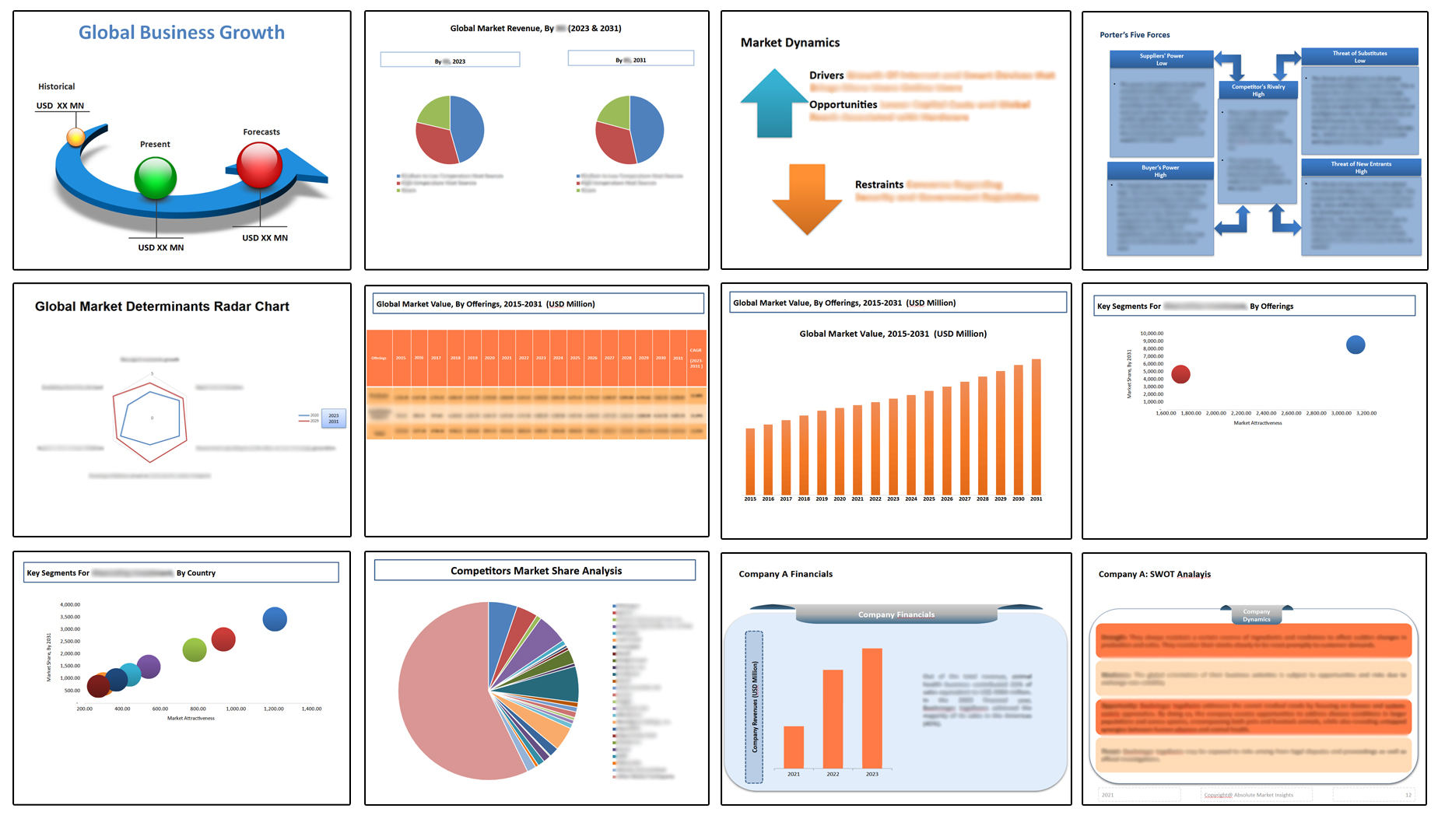
Table of Contents
Note: This ToC is tentative and can be changed according to the research study conducted during the course of report completion
**Exclusive for Multi-User and Enterprise User.
Global Halal Cosmetics Market
By Offering
By Gender
By Distribution Channel
By Region
The Niche Research approach encompasses both primary and secondary research methods to provide comprehensive insights. While primary research is the cornerstone of our studies, we also incorporate secondary research sources such as company annual reports, premium industry databases, press releases, industry journals, and white papers.
Within our primary research, we actively engage with various industry stakeholders, conducting paid interviews and surveys. Our meticulous analysis extends to every market participant in major countries, allowing us to thoroughly examine their portfolios, calculate market shares, and segment revenues.
Our data collection primarily focuses on individual countries within our research scope, enabling us to estimate regional market sizes. Typically, we employ a bottom-up approach, meticulously tracking trends in different countries. We analyze growth drivers, constraints, technological innovations, and opportunities for each country, ultimately arriving at regional figures.Our process begins by examining the growth prospects of each country. Building upon these insights, we project growth and trends for the entire region. Finally, we utilize our proprietary model to refine estimations and forecasts.
Our data validation standards are integral to ensuring the reliability and accuracy of our research findings. Here’s a breakdown of our data validation processes and the stakeholders we engage with during our primary research:
- Supply Side Analysis: We initiate a supply side analysis by directly contacting market participants, through telephonic interviews and questionnaires containing both open-ended and close-ended questions. We gather information on their portfolios, segment revenues, developments, and growth strategies.
- Demand Side Analysis: To gain insights into adoption trends and consumer preferences, we reach out to target customers and users (non-vendors). This information forms a vital part of the qualitative analysis section of our reports, covering market dynamics, adoption trends, consumer behavior, spending patterns, and other related aspects.
- Consultant Insights: We tap into the expertise of our partner consultants from around the world to obtain their unique viewpoints and perspectives. Their insights contribute to a well-rounded understanding of the markets under investigation.
- In-House Validation: To ensure data accuracy and reliability, we conduct cross-validation of data points and information through our in-house team of consultants and utilize advanced data modeling tools for thorough verification.
The forecasts we provide are based on a comprehensive assessment of various factors, including:
- Market Trends and Past Performance (Last Five Years): We accurately analyze market trends and performance data from preceding five years to identify historical patterns and understand the market’s evolution.
- Historical Performance and Growth of Market Participants: We assess the historical performance and growth trajectories of key market participants. This analysis provides insights into the competitive landscape and individual company strategies.
- Market Determinants Impact Analysis (Next Eight Years): We conduct a rigorous analysis of the factors that are projected to influence the market over the next eight years. This includes assessing both internal and external determinants that can shape market dynamics.
- Drivers and Challenges for the Forecast Period:Identify the factors expected to drive market growth during the forecast period, as well as the challenges that the industry may face. This analysis aids in deriving an accurate growth rate projection.
- New Acquisitions, Collaborations, or Partnerships: We keep a close watch on any new acquisitions, collaborations, or partnerships within the industry. These developments can have a significant impact on market dynamics and competitiveness.
- Macro and Micro Factors Analysis:A thorough examination of both macro-level factors (e.g., economic trends, regulatory changes) and micro-level factors (e.g., technological advancements, consumer preferences) that may influence the market during the forecast period.
- End-User Sentiment Analysis: To understand the market from the end-user perspective, we conduct sentiment analysis. This involves assessing the sentiment, preferences, and feedback of the end-users, which can provide valuable insights into market trends.
- Perspective of Primary Participants: Insights gathered directly from primary research participants play a crucial role in shaping our forecasts. Their perspectives and experiences provide valuable qualitative data.
- Year-on-Year Growth Trend: We utilize a year-on-year growth trend based on historical market growth and expected future trends. This helps in formulating our growth projections, aligning them with the market’s historical performance.
Research process adopted by TNR involves multiple stages, including data collection, validation, quality checks, and presentation. It’s crucial that the data and information we provide add value to your existing market understanding and expertise. We have also established partnerships with business consulting, research, and survey organizations across regions and globally to collaborate on regional analysis and data validation, ensuring the highest level of accuracy and reliability in our reports.


